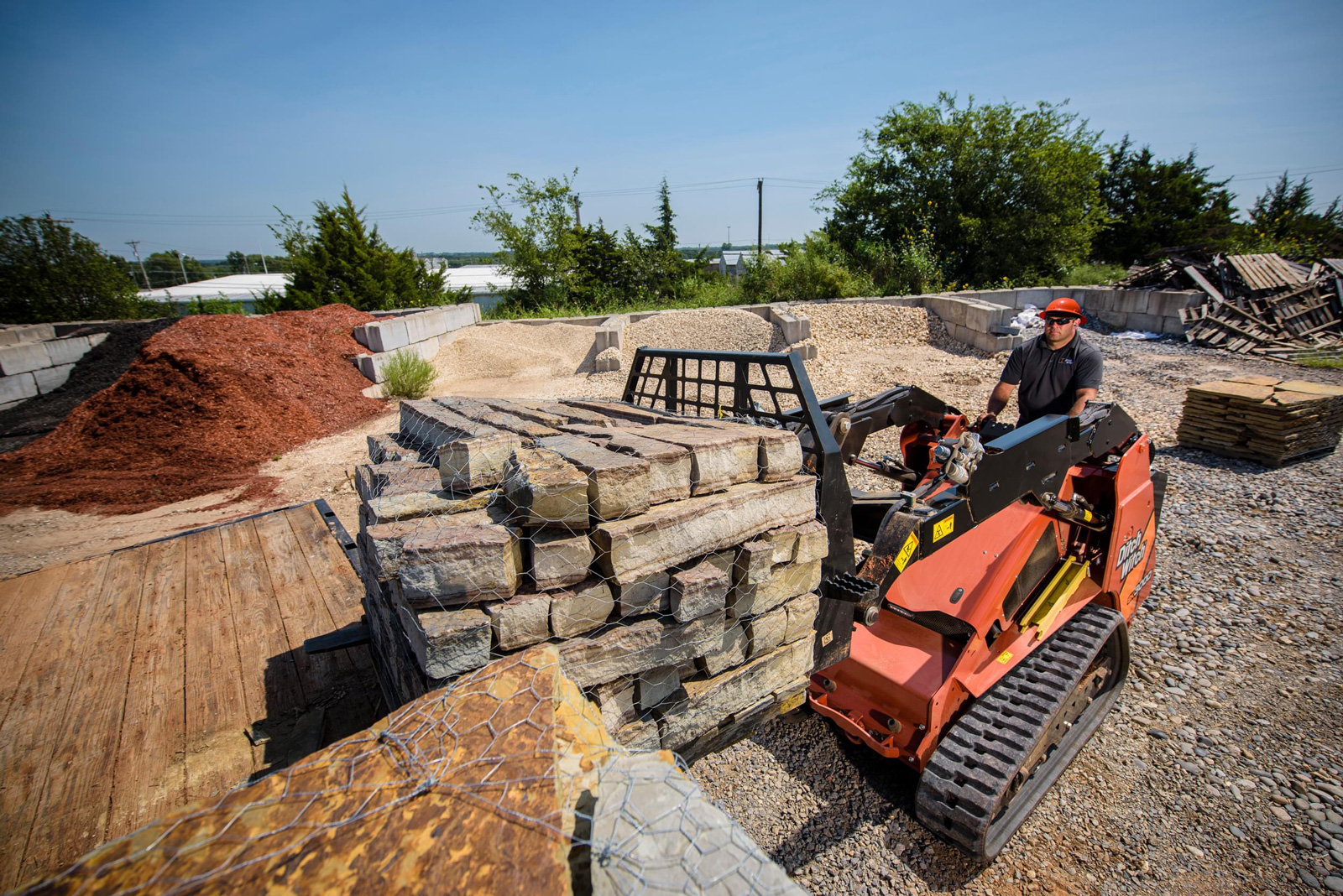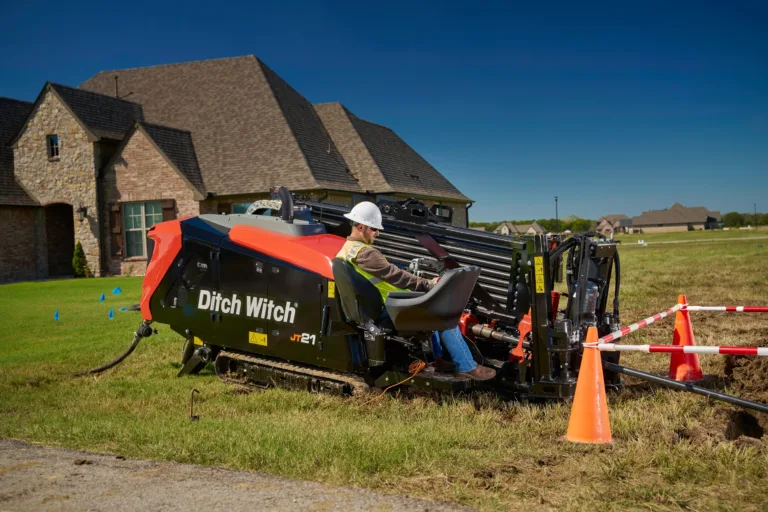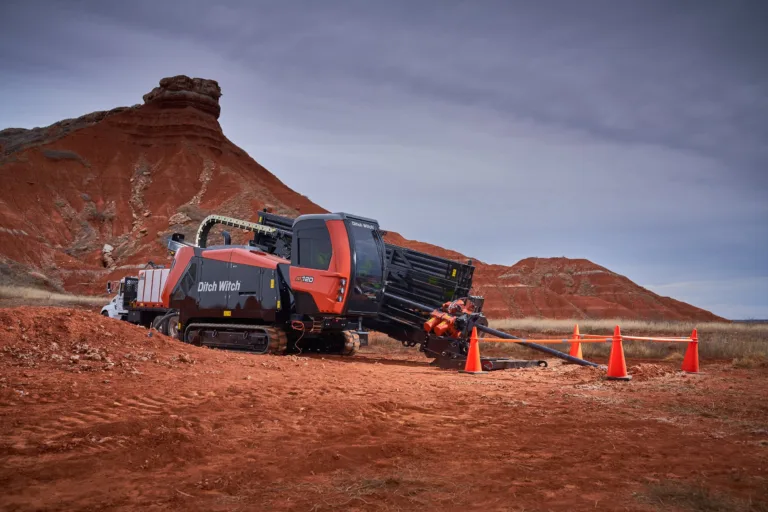3 Essential Maintenance Tips to Increase Stand-On Skid Steer ROI
Stand-on skid steers have been growing in popularity over the years as contractors realize the abundance of benefits that these machines provide — such as versatility, reliability and increased jobsite efficiency.
Two key machine components that make these benefits possible are the attachments and tracks. With a wide variety of attachment options, you need just one machine and multiple attachments to complete almost any task. Additionally, stand-on skid steer tracks improve machine performance on a jobsite, effectively increasing efficiency on your jobsite.
To ensure that a stand-on skid steer is operating efficiently, it is crucial that attachments and tracks are operating correctly, and a regular maintenance schedule is maintained for hydraulic systems. Following best practices and performing proper maintenance will ensure these parts, and in turn, your stand-on skid steer, are operating at peak performance.
Tip 1: Don’t Overlook Attachment Maintenance
Each attachment available for stand-on skid steers has its own maintenance routines. Reading the operator’s manual will help you understand routine maintenance best practices for attachments, enabling you to improve machine efficiency and longevity. The most common attachments and their recommended maintenance include:
- Pallet forks: Inspect forks before each use for damage or wear that requires immediate attention
- Plows: Inspect for loose hose or fittings, and check the blade for wear or cracks
- Tillers: Lubricate the bearings and inspect tines for damage
- Trenchers: Check for worn teeth and proper chain tension in order to reduce the amount of binding
In addition to reading the manual, a general best practice for keeping attachments operating effectively is greasing them daily. Each day as the attachment is used, you should utilize a grease gun to pump grease into the attachment until excess is visible. It is also important to note that some attachments are grease free to simplify maintenance routines, which will be detailed in the operator’s manual.
Other important considerations include the attachment lock pins for the loader arms, which should be checked whenever an attachment is installed. These pins are responsible for engaging the attachment. You can ensure a proper installation by checking whether the bottoms of lock pins are visible under the attachment receiver plate.
You should also examine where the hoses couple to the machine for dirt or debris. Contaminated quick-couplers can lead to hydraulic system failure even for machines designed to filter the fluid coming from the attachment.
Tip 2: Practice Proper Track Maintenance
A defining feature of stand-on skid steers is their track system. These systems have their own unique maintenance needs, which if properly addressed, can mean the difference between having a machine that’s ready for your next jobsite rather than one that’s out of commission. To help maximize the uptime and readiness of your stand-on skid steer fleet, make sure your track maintenance includes these action items:
- Confirm proper track tension: Separation of the track rubber from the track system is the most common cause of downtime for stand-on skid steers. On machines that use a grease-based track-tensioning system, you use a special gauge to check track tension. On machines that use a bolt to tension the track rubber, make sure the bolt is screwed in securely to achieve the proper tension.
- Monitor track rubber condition: Checking the wear on a stand-on skid steer’s track rubber can help you avoid downtime. Watch for exposed cords in the rubber. If you see them, then there are likely broken cords within the rubber, which makes it more difficult to properly tension the track and can lead to the track rubber falling off.
- Check sprocket wear: If you notice the teeth on the sprockets are becoming smaller, then it’s time to replace them. And while you’ll likely discover this issue with a visual inspection, you can also hear it. Narrow sprocket teeth can cause the track system to make loud clicking noises when the sprockets become misaligned with the track rubber.
- Check the roller bearing play: If the bearing play on a stand-on skid steer’s rollers becomes loose, dirt and debris can get into the rollers and damage the bearings. To avoid this, lift the machine off the ground and check the rollers after about every 50 hours of machine runtime.
- Clean the track system: Routine cleaning of your stand-on skid steer’s track systems can help prevent dirt and debris from getting into the rollers and damaging them. To help keep track systems clean and issue-free, wash them with a hose on a weekly basis.
In addition to routine maintenance, proper machine operation will reduce track wear and tear. Stand-on skid steers are best suited for use on soil-based jobsites that have minimal rocks and debris. Operating the machines on concrete or asphalt can accelerate wear on the rubber track. If it’s necessary for a job, make sure you and your crew are familiar with how to run the machines with care on these surfaces, such as by avoiding sharp and quick turns.
Also, avoid driving the machines with their track edges pressed against hard walls or curbs. Similarly, drive over curbs slowly, because driving over curbs at full speed can stress and damage the track system’s rollers. You should also avoid operating the machines on corrosive materials like salt and fertilizer.
Tip 3: Understand Hydraulic System Maintenance
Another important maintenance item to note is that all stand-on skid steer attachments and tracks are, in part, powered by the hydraulic system. Issues with the hydraulic system can cause major complications with attachments, tracks and general machine operation.
One recommendation to keep in mind is to make sure that the flow rate of the hydraulic system matches what is needed to operate the attachment. An incorrect match can reduce the efficiency of the attachment.
This mismatch goes beyond a hit to productivity, as the attachment will consistently not operate as designed, decreasing the hydraulic efficiency of the attachment. Issues with the compatibility of an attachment and the unit can also cause immediate downtime. For example, if a low-flow attachment is put on a high-flow hydraulic system, the machine’s system can overpower the attachment, causing motor seal failure and immediately stopping operation. Once the attachment or stand-on skid steer is damaged, productivity and project failure are not far off.
An Ounce of Prevention Is Worth a Pound of Maintenance
Keeping attachments and tracks in working order and maintaining a regular maintenance schedule for hydraulic systems directly impacts the productivity of a stand-on skid steer. When operating properly, the stand-on skid steer delivers exceptional performance, productivity and ROI for a wide variety of jobsites — from compact landscaping to larger underground construction jobs.
Originally appeared on CompactEquipment.com






